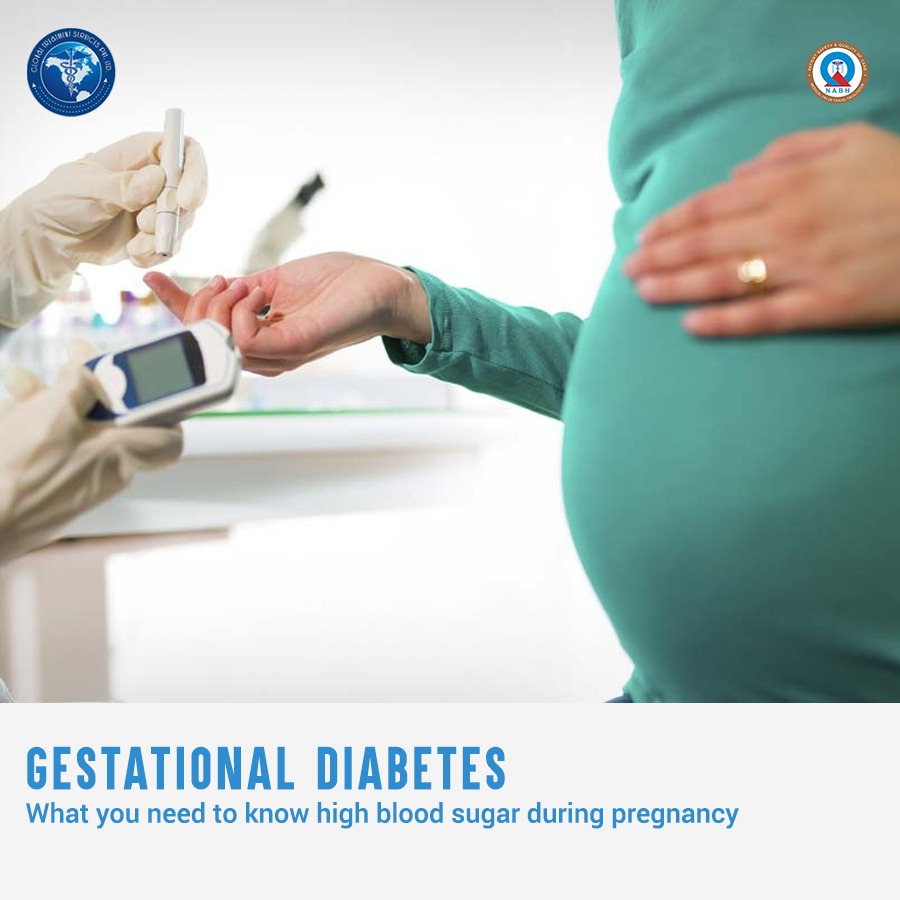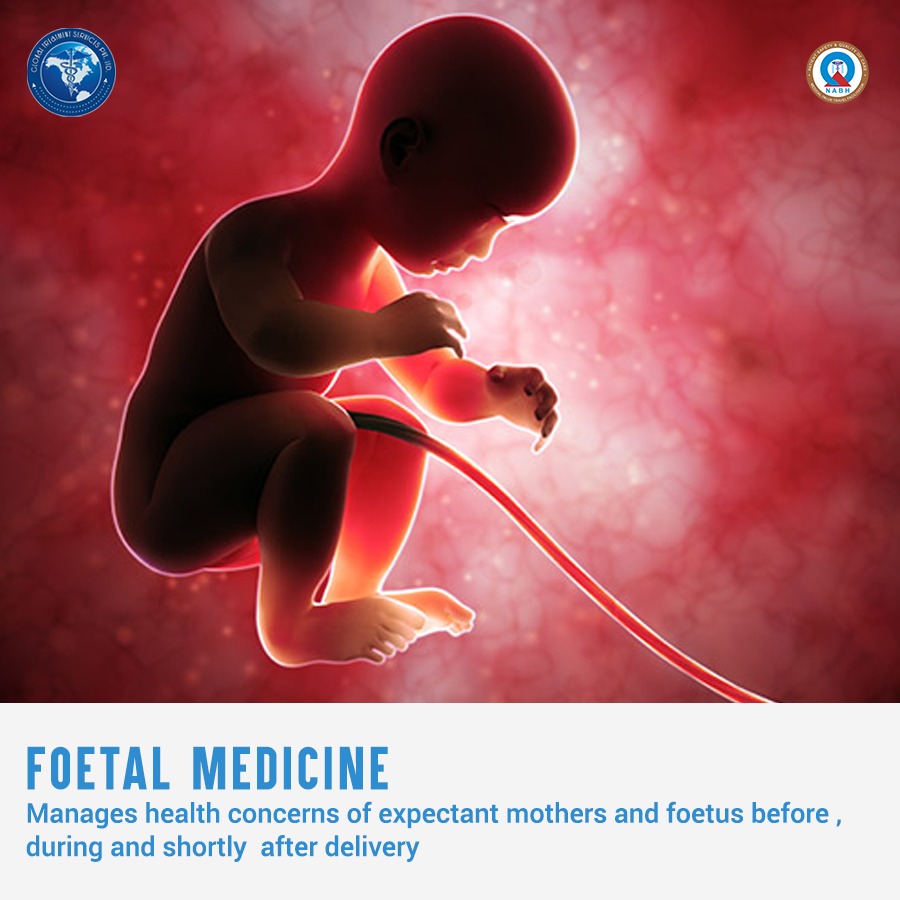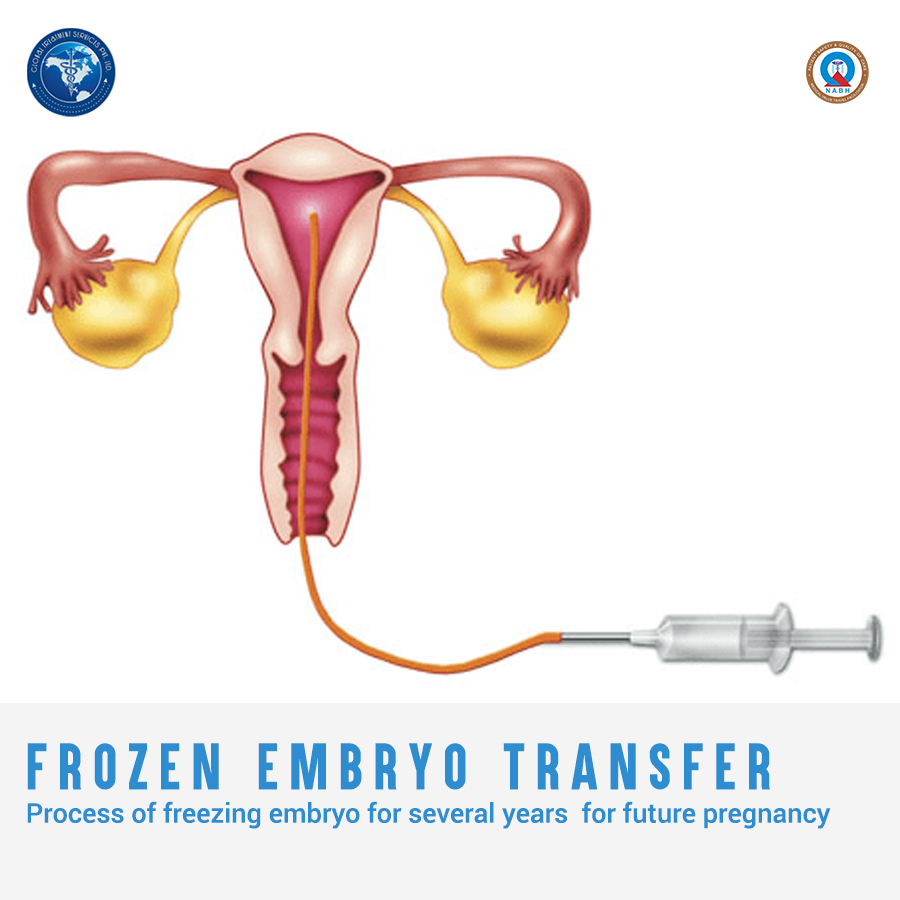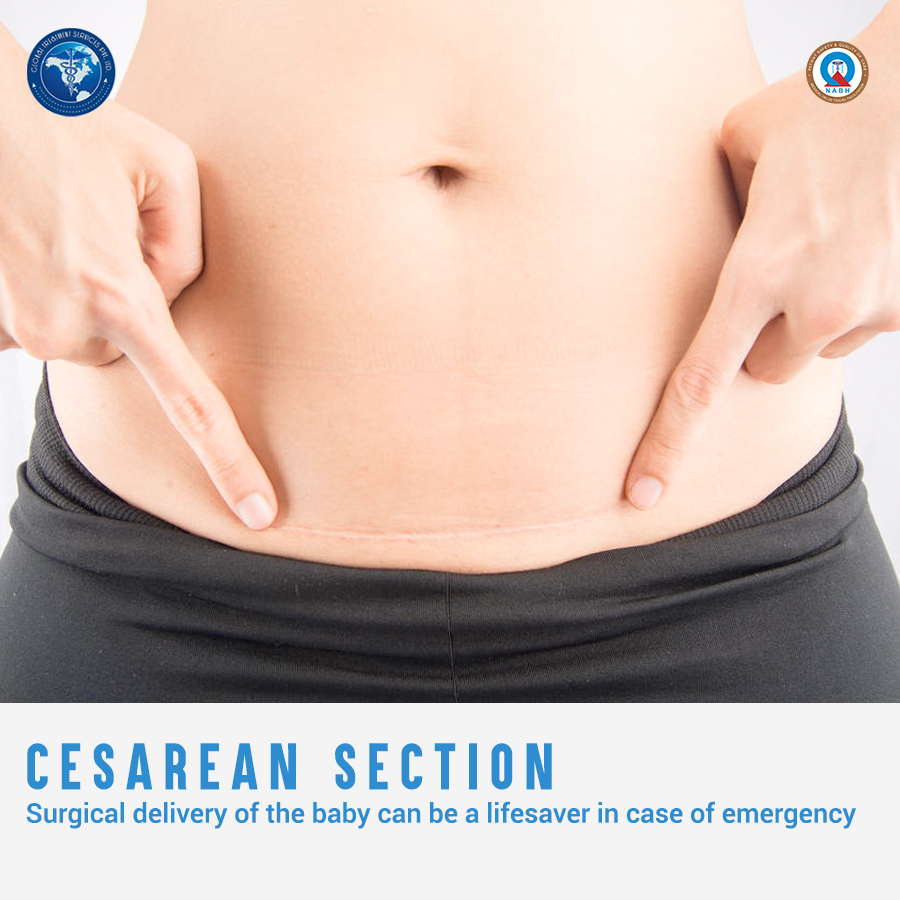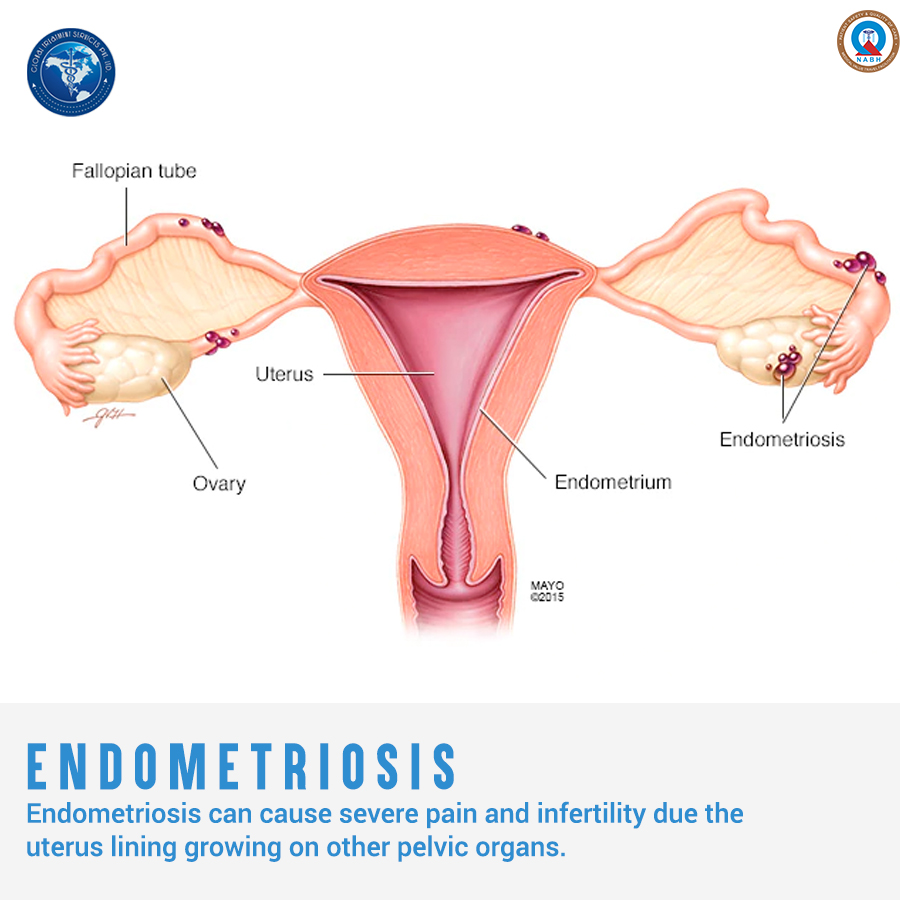Overview
Adhesiolysis is a surgical procedure that removes an adhesion, or a band of scar tissue, that is binding two organs or one organ to the abdominal wall. It is typically performed when you have chronic pain in the abdomen, difficulty breathing, or obstruction of bowel movement in the intestines. The adhesiolysis procedure involves the use of a laser to break down adhesions that have formed in the pelvic region. A variety of factors cause adhesions. One of the most common causes is trauma to the body. This trauma can be caused by surgery, childbirth, or other injuries. Other causes include infection, inflammatory diseases, and autoimmune diseases.
This is necessary for women who are struggling with infertility due to blocked fallopian tubes. The procedure is done by opening up the abdomen and locating the adhesions. The adhesions are then pulled away from the organs and cut.
The adhesiolysis procedure also removes scar tissues from the intestine to facilitate bowel movement.To get the best adhesiolysis and infertility treatment.
Causes
A variety of factors cause adhesions. One of the most common causes is trauma to the body. This trauma can be caused by surgery, childbirth, or other injuries. Other causes include infection, inflammatory diseases, and autoimmune diseases.
Worldwide, it is estimated that about 90% of people who undergo pelvic or abdominal surgery develop adhesions.
Many people with abdominal adhesions don’t feel any symptoms. However, others may have mild to severe digestive problems. It is in those severe cases that doctors advise the adhesiolysis procedure.
Listed below are the other causes of adhesions:
- Tuberculosis, an infectious bacterial disease that attacks the respiratory system
- Crohn’s disease, which is an inflammation of the digestive tract
- Pelvic inflammatory disease (PID), which is an infection of a woman’s reproductive organs, including the ovaries, uterine tubes (or fallopian tubes), and uterus
- Radiation for treating cancer
- Peritonitis, which is inflammation of the abdomen’s inner wall
Diagnosis
Adhesions can be scattered or form chains of scar tissue between the organs in your abdomen. You may not know you have them until they cause pain and discomfort.
Doctors use the following diagnostic methods to detect adhesions:
-
Blood tests
Healthcare professionals use blood tests to rule out any other condition that may be causing the symptoms.
Even though blood tests won’t indicate the presence of adhesions inside your abdomen, they can indicate how severe your intestinal obstruction is.
-
Imaging tests
Common imaging tests used by doctors to diagnose intestinal obstruction and rule out other possibilities are x-rays, computerised tomography (CT) scans, and lower GI series (x-rays and barium used for viewing large intestines).
These imaging tests help determine the severity, location, and cause of the obstruction.
Treatment
The most definitive method of diagnosing adhesions is surgery. Currently, no advanced imaging technology is available to see adhesions without the need for surgery. The doctor may perform open or laparoscopic surgery to detect and remove scar tissues.
Once your doctor confirms the diagnosis, they will recommend any of the following adhesiolysis procedures:
-
Open adhesiolysis
During the open adhesiolysis procedure, a surgeon cuts through the midline using a scalpel to remove the scar tissues. Compared to laparoscopic adhesiolysis, it’s a more invasive surgery.
-
Laparoscopic adhesiolysis
Less invasive of the two, the laparoscopic adhesiolysis procedure requires one small incision. Through that incision, the surgeon guides a laparoscope to find the location of adhesions inside your abdomen.
A laparoscope is a fibre-optic instrument that allows doctors to access the inside of your pelvis or abdomen without any major cuts or incisions and observe the images on a television monitor in real time. The device resembles a tube with a light and a camera fitted into it. The laparoscopic adhesiolysis procedure is known for benefits such as faster recovery, shorter hospital stay, and a lower probability that adhesions might recur.
Conclusion
If you notice any of these symptoms, you can connect us via email – query@gtsmeditour.com and share all the recent reports and get a complementary medical opinion from our panel of doctors. therefore it will help you with choosing the right treatment plan and connect us for further treatment .
Happy to Assist ..!
Thank you..!

